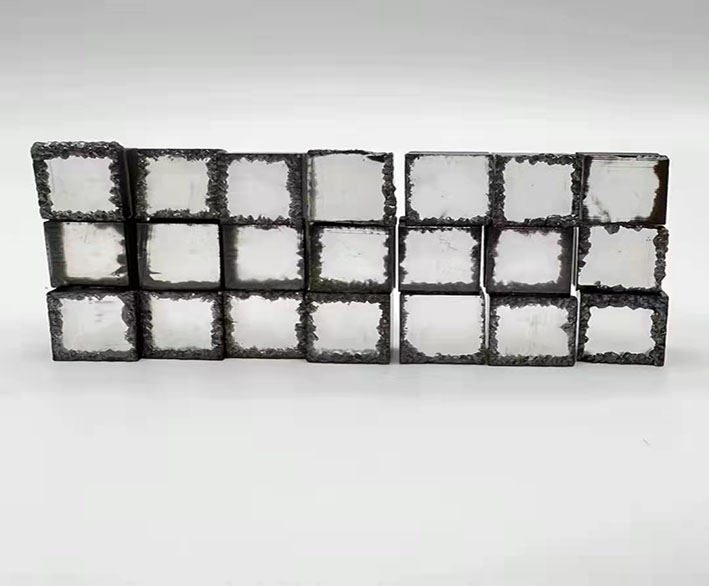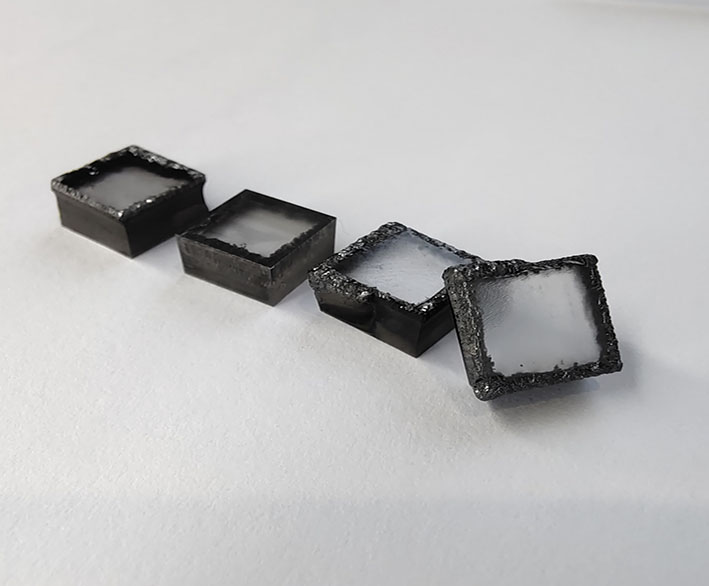Microwave plasma chemical vapor deposition (MPCVD) is considered one of the ideal methods for growing large, high-quality single-crystal diamond. However, its low growth rate and high defect density are major obstacles to its application.
1. High-Rate Growth
2. The MPCVD single-crystal diamond growth mechanism can be simply described as follows: microwaves resonate through a specially designed resonant cavity, creating a concentrated electric field above the sample stage. This dissociates feed gases such as hydrogen and methane into atomic hydrogen and a series of carbon-containing precursor plasmas. Diamond is then deposited and grown on the surface of a seed crystal cooled to a certain temperature.

The MPCVD single-crystal diamond growth process demonstrates that increasing the concentration of atomic hydrogen and methyl CH3 is one of the most direct methods for increasing the single-crystal growth rate. In addition, several other methods are available:
1. Increasing the plasma density during MPCVD single-crystal diamond growth (increasing the gas pressure and power during growth);
2. Introducing a certain percentage of nitrogen doping. At low nitrogen doping ratios, diamond growth rates can be significantly increased, but as the nitrogen addition ratio increases, the diamond growth rate gradually approaches saturation.
3. Argon doping. This method has emerged in recent years as a method for increasing the growth rate of MPCVD single-crystal diamond. In previous MPCVD diamond growth research, argon was generally introduced as a doping gas to grow nanocrystals or change the grain size of polycrystalline diamond.

Among the many applications of MPCVD single-crystal diamond, semiconductor applications hold the greatest potential. However, the performance of devices such as power devices and detectors is highly sensitive to impurities and defects in single-crystal diamond. Therefore, electronic-grade single-crystal diamond with high purity (nitrogen impurity concentrations in the ppb range) and low defects (defect density less than 103 cm-2) is required.